Here’s the situation. We’ve all found ourselves pondering the correct method for disposing of condoms. Is it okay to simply flush them down the toilet and consider it handled?
Well, I hate to burst your bubble, but the answer is a resounding no. Flushing condoms can wreak havoc on your plumbing, not to mention the environment.
In this article, we’ll dive into the dangers of flushing condoms, the effects on plumbing, and safe disposal methods. Time to get educated, folks.
Key Takeaways
- Flushing condoms can lead to clogged pipes and sewage backups.
- Condoms in water bodies pose a threat to marine life.
- Proper disposal methods, such as wrapping condoms in tissue or using designated disposal bins, are essential.
- Educating individuals about proper condom disposal is crucial for minimizing environmental damage and public health risks.
The Dangers of Flushing Condoms
Flushing condoms in the toilet poses significant dangers to both plumbing systems and the environment. Improper condom disposal can lead to clogged pipes and sewage backups, resulting in costly repairs and inconvenience. The elasticity and durability of condoms make them particularly problematic for plumbing systems, as they can easily get tangled and obstruct the flow of water.

Moreover, when flushed, condoms can end up in the sewer system, where they can accumulate and cause blockages in the municipal infrastructure. Beyond the immediate impact on plumbing, the risks of flushing condoms extend to the environment. Condoms that make their way into water bodies pose a threat to marine life, as animals can mistake them for food and suffer from digestive blockages or other harmful consequences.
It’s crucial to properly dispose of condoms in designated waste bins to prevent these dangers and protect both our plumbing systems and the delicate marine ecosystem.
Effects of Flushed Condoms on Plumbing
When condoms are flushed down the toilet, they can cause clogging and blockages in plumbing systems. The elasticity and non-biodegradable nature of condoms make them prone to getting stuck in pipes and sewer lines, leading to costly repairs and potential damage to the sewage system.
Additionally, flushed condoms can have detrimental effects on the environment, as they contribute to the accumulation of waste in water treatment plants and can end up in rivers and oceans, harming marine life.
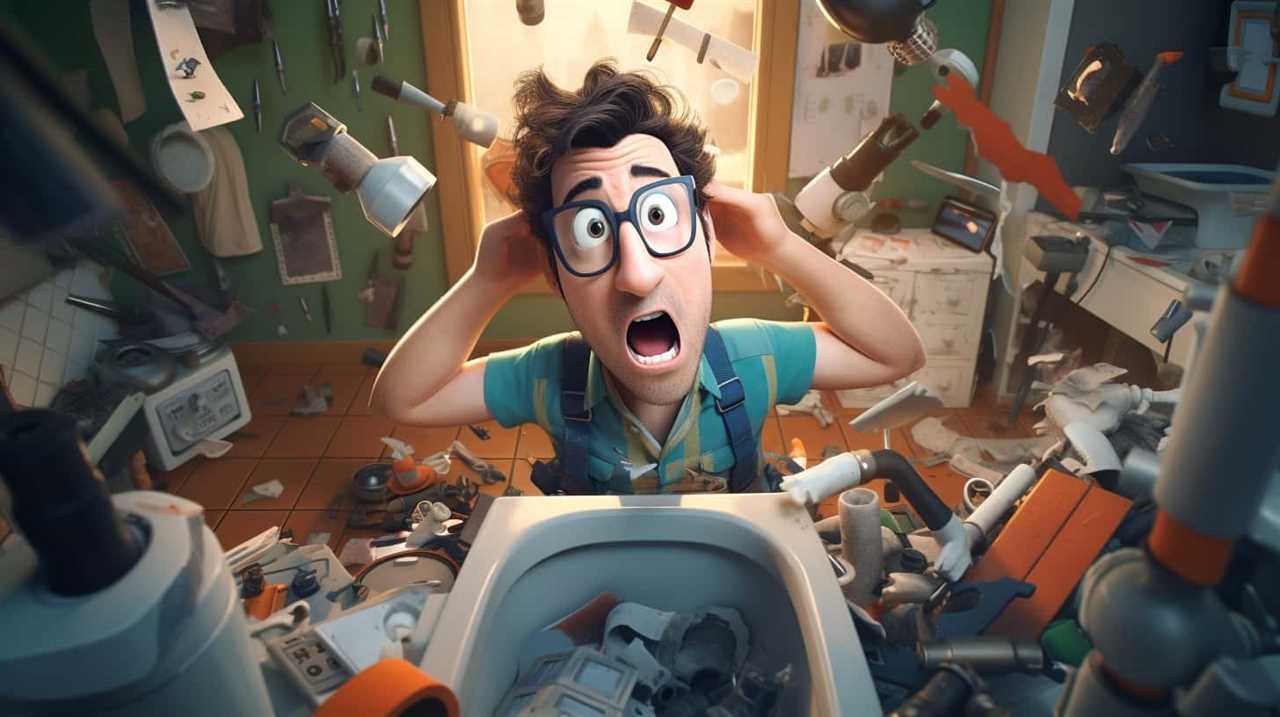
Clogging and Blockages
The presence of flushed condoms in plumbing systems can lead to clogging and blockages. This is why it’s crucial to prioritize clogging prevention and proper plumbing maintenance. Here are the potential consequences of flushed condoms on your plumbing system:
- Reduced water flow: Flushed condoms can accumulate in the pipes, narrowing the passage for water to flow through. This can lead to reduced water pressure and inefficient plumbing systems.
- Blockages and backups: Condoms, being non-biodegradable, can get stuck in the pipes and create blockages. Over time, this can cause backups, leading to sewage overflow and potential damage to your property.
To avoid these issues, it’s essential to practice proper clogging prevention. This includes:
- Disposing of condoms properly: Instead of flushing them, wrap used condoms in tissue or toilet paper and dispose of them in the trash bin.
- Regular plumbing maintenance: Schedule routine inspections and maintenance with a professional plumber to ensure the smooth functioning of your plumbing system.
Damage to Sewage System
To further understand the consequences of flushed condoms on plumbing, let’s explore the potential damage they can cause to the sewage system.
Flushing condoms down the toilet can lead to serious issues with sewage system maintenance and public health concerns.

When condoms are flushed, they can easily get stuck in the pipes, causing blockages and clogs. These blockages can restrict the flow of wastewater and result in backups and overflows. Over time, the accumulation of flushed condoms can cause extensive damage to the sewage system infrastructure, leading to costly repairs and disruptions in service.
Moreover, the presence of condoms in the sewage system poses public health concerns. Condoms aren’t biodegradable and can take a significant amount of time to break down. This can create breeding grounds for bacteria and other harmful pathogens, increasing the risk of contamination and the spread of diseases.
Environmental Impact
Flushing condoms down the toilet has a significant environmental impact on plumbing systems. Not only can it cause clogs and blockages, but it also poses a threat to the overall health of our environment. Here are some key reasons why flushing condoms is harmful and why we should consider safe disposal methods and eco-friendly alternatives:
- Condoms aren’t biodegradable, which means they don’t break down naturally in the environment.
- Flushed condoms can contribute to sewer backups and overflows, leading to water contamination and potential health risks.
- The chemicals used in the manufacturing of condoms can be harmful to aquatic life if they end up in our water systems.
- Proper disposal methods, such as wrapping used condoms in tissue and disposing of them in the trash, or using latex-free condoms made from non-toxic materials, can help reduce the environmental impact.
It is crucial for us to be mindful of the consequences and choose eco-friendly alternatives for the sake of our plumbing systems and the environment as a whole.
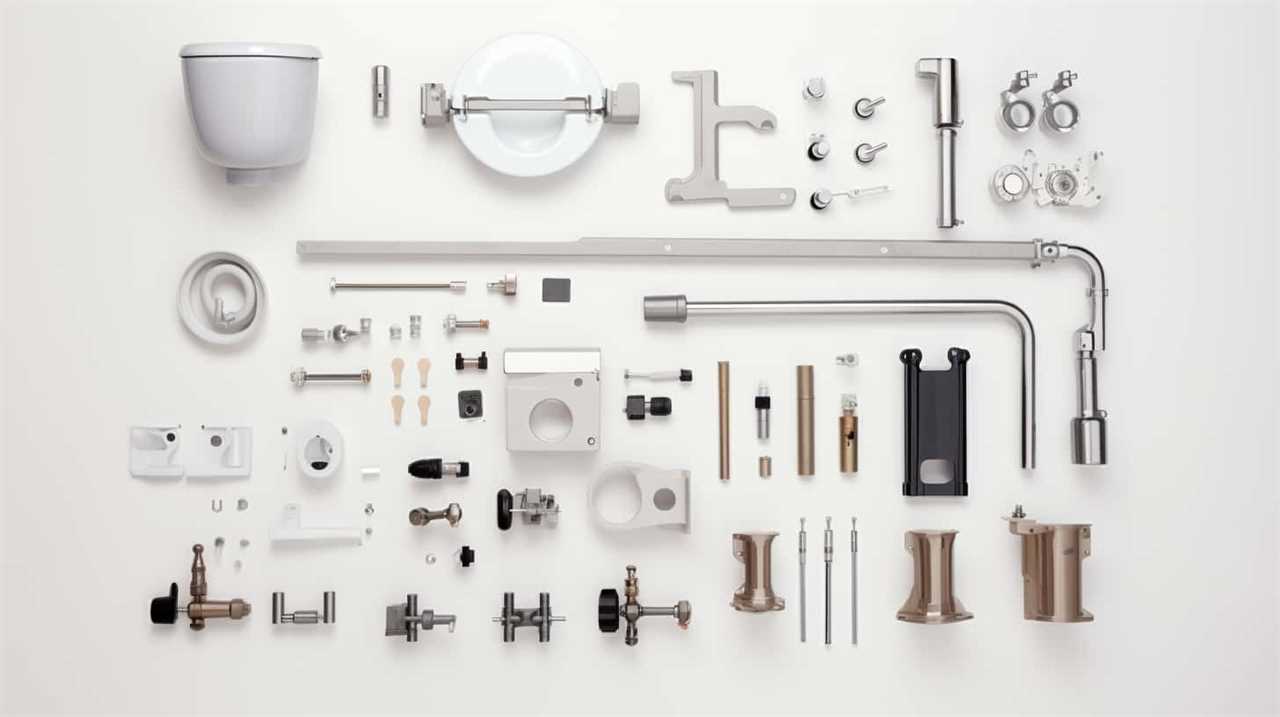
Environmental Impact of Flushed Condoms
Improper disposal of condoms can lead to various environmental consequences. When we flush condoms down the toilet, they can have a detrimental environmental impact. Flushed condoms can clog pipes and sewage systems, causing blockages and backups. This can result in costly repairs and maintenance for wastewater treatment facilities.
Additionally, the latex material of condoms isn’t biodegradable and can persist in the environment for a long time. It can end up in rivers, lakes, and oceans, posing a threat to aquatic life. Marine animals may mistake condoms for food, leading to ingestion and potential harm.
To mitigate these environmental risks, it’s essential to follow safe disposal methods for condoms. Properly disposing of condoms in the trash can help prevent clogs and protect our environment.
Safe Disposal Methods for Condoms
One recommended method for safe disposal of condoms is to place them in the trash. Properly disposing of condoms is essential to prevent environmental consequences. Here are two reasons why safe disposal methods should be followed:

- Protecting Wildlife:
- When condoms aren’t disposed of properly, they can end up in rivers, lakes, or oceans.
- Marine animals and birds may mistake them for food, leading to choking, suffocation, or digestive issues.
- Preventing Pollution:
- Flushed condoms can clog sewage systems, leading to costly repairs and maintenance.
- The microplastics released by improperly disposed condoms can pollute water sources and harm aquatic life.
Alternatives to Flushing Condoms
When it comes to safe disposal methods for condoms, it’s important to consider alternatives to flushing them down the toilet. Not only can flushing condoms lead to plumbing issues, but it also poses a threat to the environment.
Instead, it’s recommended to wrap the used condom in tissue or toilet paper and throw it in the trash. This simple alternative promotes safe disposal and raises awareness about the environmental impact of improper condom disposal.
Safe Disposal Methods
We recommend using alternative methods to flush condoms down the toilet for safe disposal. When it comes to safe disposal, there are several eco-friendly options that you can consider:
- Wrap the condom in tissue or toilet paper and place it in a trash bin: This method ensures that the condom is securely contained and prevents any potential harm to the environment.
- Use a dedicated condom disposal bag: These bags are specifically designed for the safe and discreet disposal of condoms. They’re usually made from biodegradable materials, making them a sustainable option.
By opting for these safe disposal methods, you can contribute to environmental protection and minimize any potential negative impact. It’s important to be aware of the consequences of improper condom disposal and take responsibility for our actions.
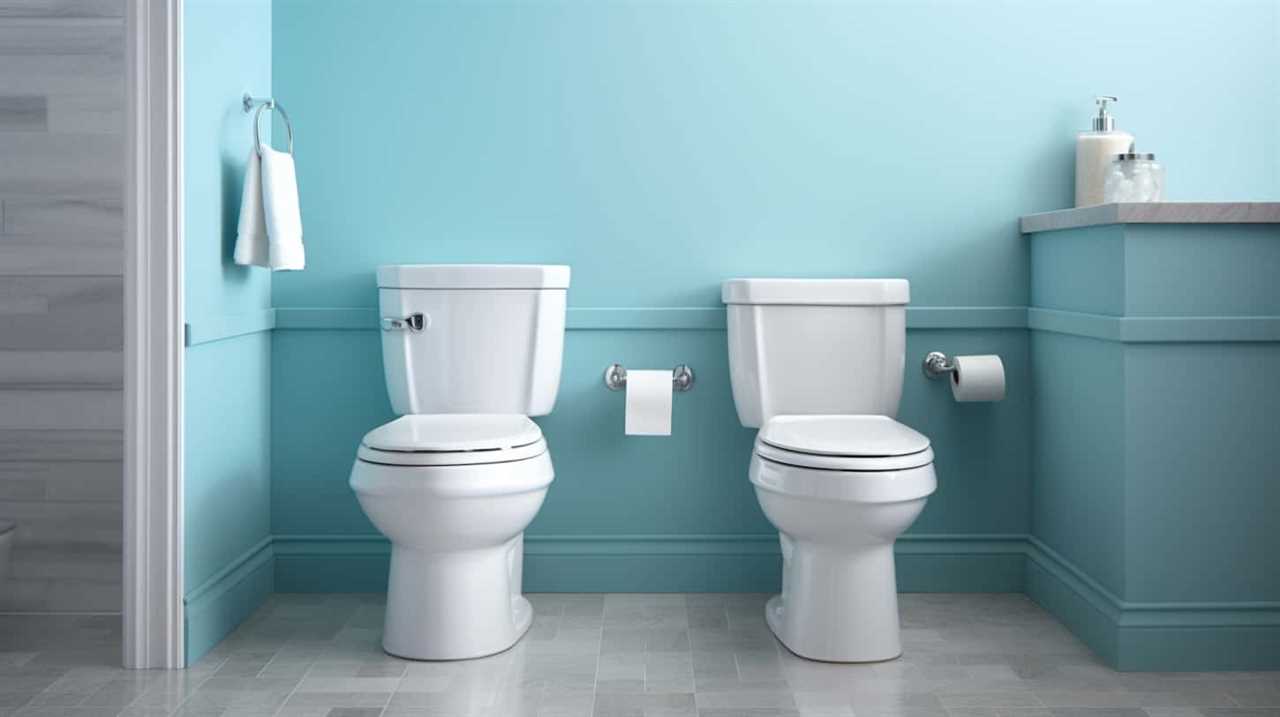
Now, let’s explore the environmental impact awareness in the next section.
Environmental Impact Awareness
There are three eco-friendly alternatives to flushing condoms down the toilet that can help minimize environmental impact. It is important to be aware of the potential harm that flushing condoms can cause to our environment. Education campaigns and sustainable practices can play a crucial role in promoting responsible condom disposal.
One alternative is to wrap the used condom in tissue or toilet paper and dispose of it in the trash bin. This ensures that the condom does not end up in the water system and avoids potential clogging issues. Another option is to use condom disposal bags, which are specifically designed for safe and hygienic disposal. These bags can be easily sealed and thrown away in the trash. Lastly, some cities have condom recycling programs in place, where used condoms can be collected and recycled into other products.
The table below summarizes the three alternatives to flushing condoms:

| Alternative | Description |
|---|---|
| Wrap in tissue or paper | Wrap the used condom in tissue or paper and dispose in the trash bin |
| Condom disposal bags | Use specially designed bags for safe and hygienic disposal |
| Condom recycling programs | Some cities offer recycling programs for used condoms |
Importance of Educating About Condom Disposal
To ensure proper condom disposal, it’s essential for us to educate individuals on the risks of flushing condoms down the toilet. Improper condom disposal not only poses environmental hazards but also has significant public health implications. Here’s why educating about condom disposal is crucial:
- Environmental Impact:
- Flushing condoms can clog sewage systems, leading to costly repairs and potential contamination of water sources.
- Marine life can be adversely affected when flushed condoms end up in oceans and rivers, contributing to pollution and endangering aquatic ecosystems.
- Proper Condom Disposal Etiquette:
- Educating individuals about the correct disposal methods, such as wrapping condoms in tissue and placing them in the trash, helps prevent blockages and protects the environment.
- Promoting the use of designated condom disposal bins in public restrooms ensures responsible disposal and minimizes the risk of contamination.
Conclusion: Never Flush Condoms Down the Toilet
Flushing condoms down the toilet is never a safe or responsible option. Proper education is crucial when it comes to the safe disposal of condoms.
Condoms are made from materials like latex or polyurethane, which don’t break down easily in water. When flushed, they can clog pipes and sewage systems, leading to expensive repairs and environmental damage.
To ensure safe disposal, condoms should be wrapped in tissue or placed in a small bag before being thrown in the trash.
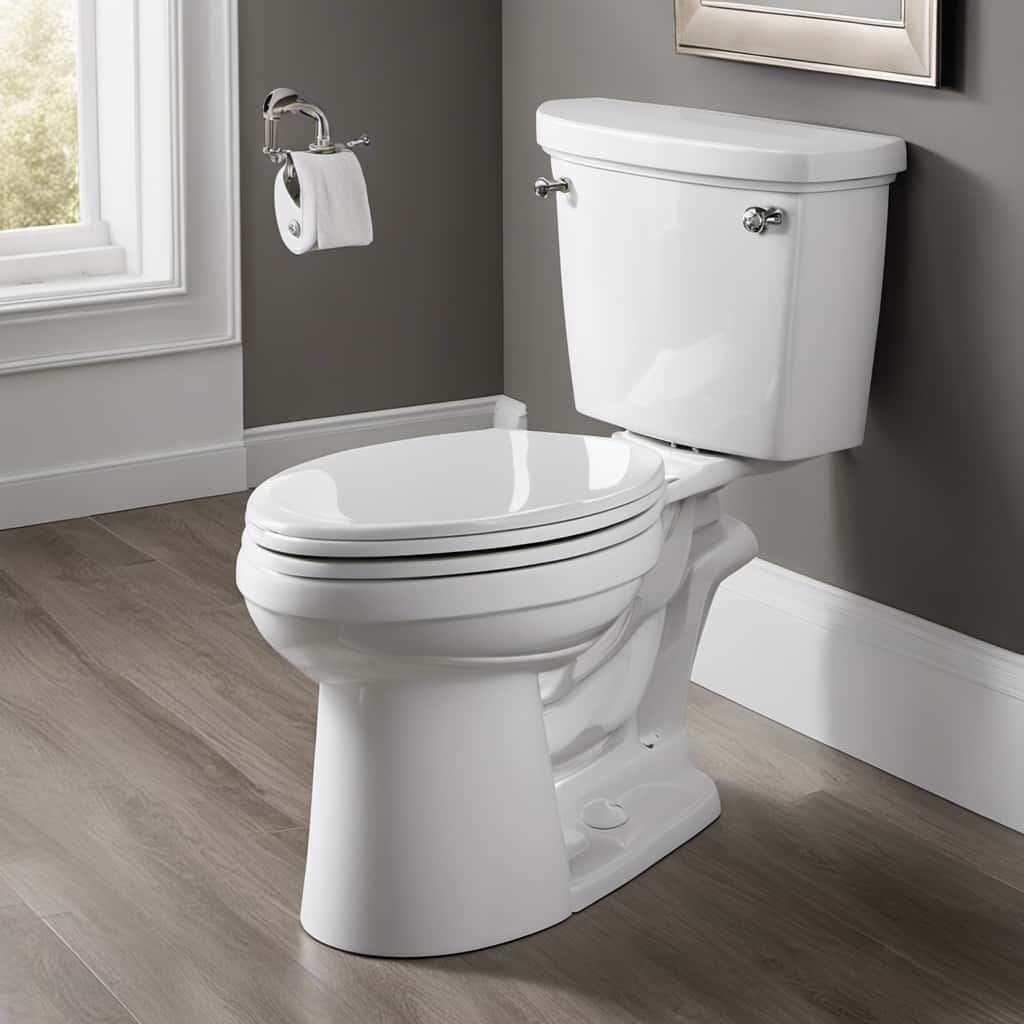
It’s important to inform individuals about the potential consequences of flushing condoms and to provide them with alternative methods of disposal.
Frequently Asked Questions
How Often Do People Actually Flush Condoms Down the Toilet?
People often mistakenly flush condoms down the toilet, unaware of the potential consequences. To dispose of condoms properly, they should be wrapped in tissue and placed in the trash. Flushing can lead to clogged pipes, sewage backups, and environmental pollution.
Are There Any Types of Condoms That Are Safe to Flush?
Safe disposal of condoms is crucial to minimize environmental impact. Although some may argue that certain types are flushable, the best practice is to dispose of them in a waste bin to avoid plumbing issues.
Can Flushing Condoms Down the Toilet Cause Blockages in the Plumbing?
Flushing condoms in the toilet can lead to blockage risks in the plumbing. It is important to remember that toilets are designed for human waste and toilet paper only. Disposing of condoms properly reduces the environmental impact.
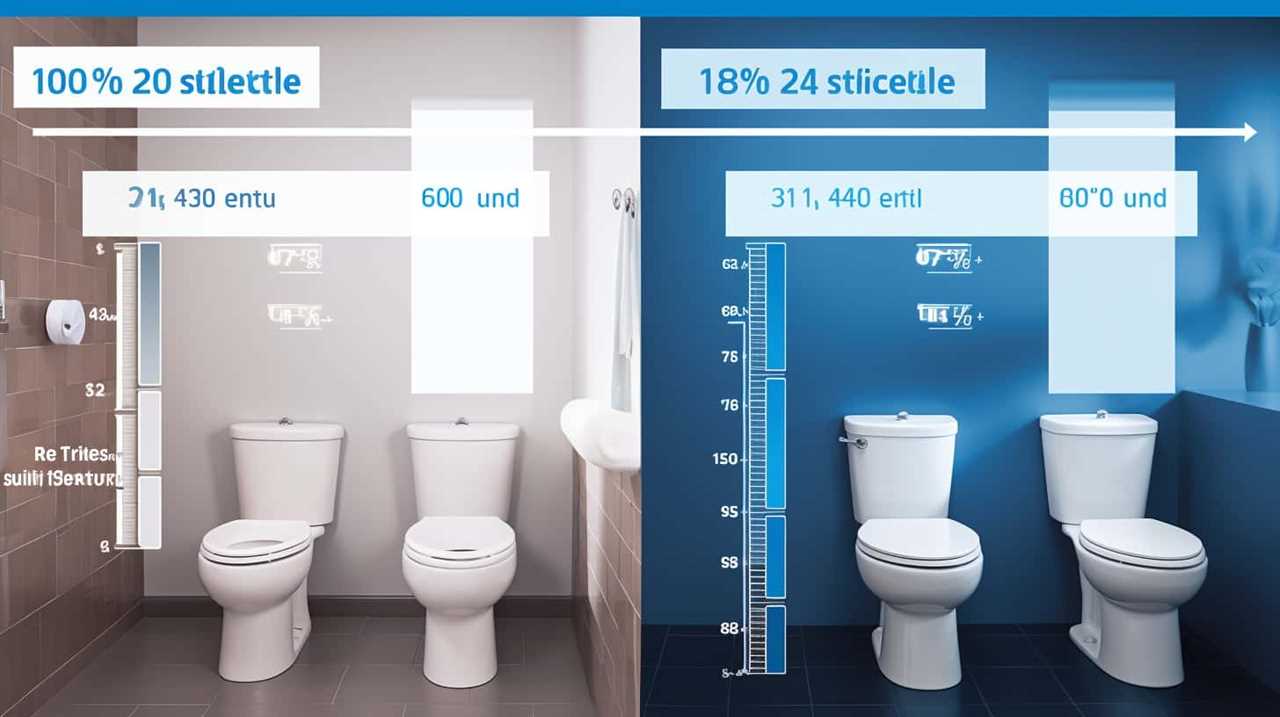
Are There Any Alternatives to Flushing Condoms That Are Just as Convenient?
We have explored the question of alternatives to flushing condoms in the toilet. There are several convenient disposal options available, such as wrapping them in tissue and throwing them in the trash.
What Are the Potential Health Risks Associated With Flushing Condoms Down the Toilet?
Flushing condoms in the toilet can have potential environmental impacts and is not a proper disposal method. We must consider the proper disposal methods to prevent clogging and damage to sewage systems.
Conclusion
In the grand scheme of plumbing, flushing condoms down the toilet is like sending a Trojan army into battle against your pipes. The potential dangers to your plumbing and the environment aren’t to be taken lightly.
Instead, opt for safe disposal methods like wrapping them in tissue and tossing them in the trash.
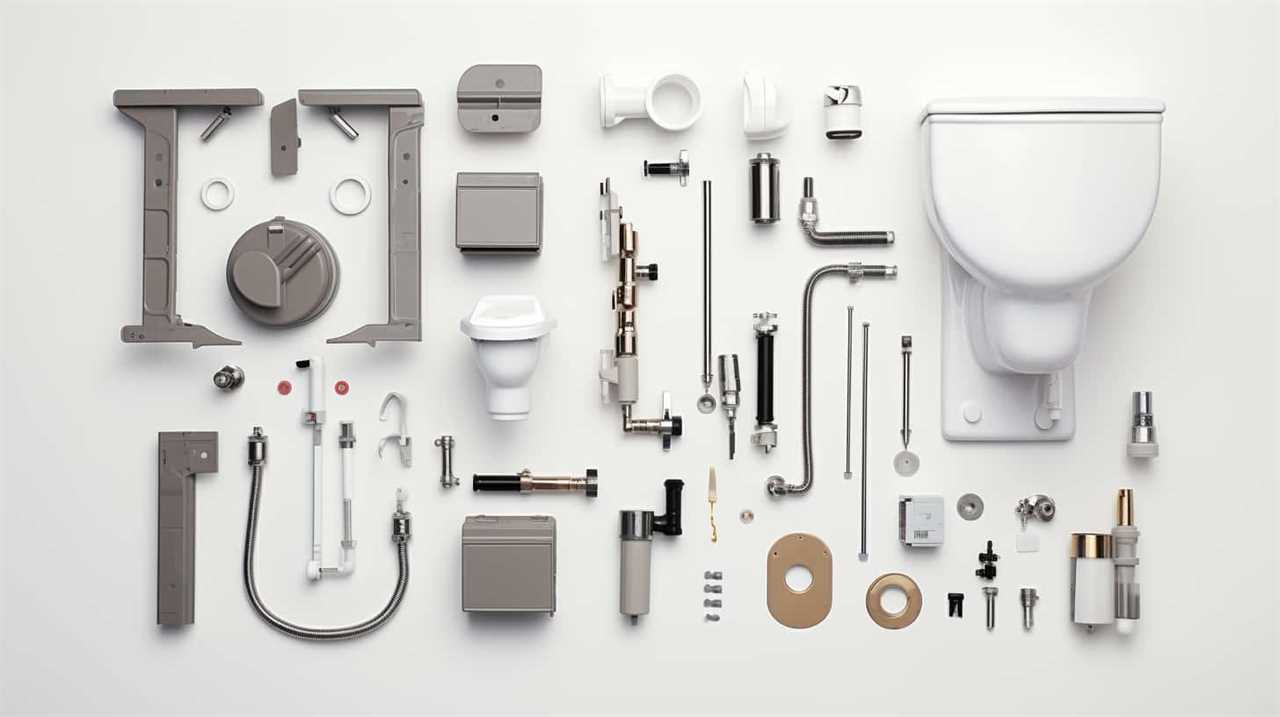
Let’s educate ourselves and others about the importance of proper condom disposal, and ensure a smoother flow for our plumbing systems and the planet.










